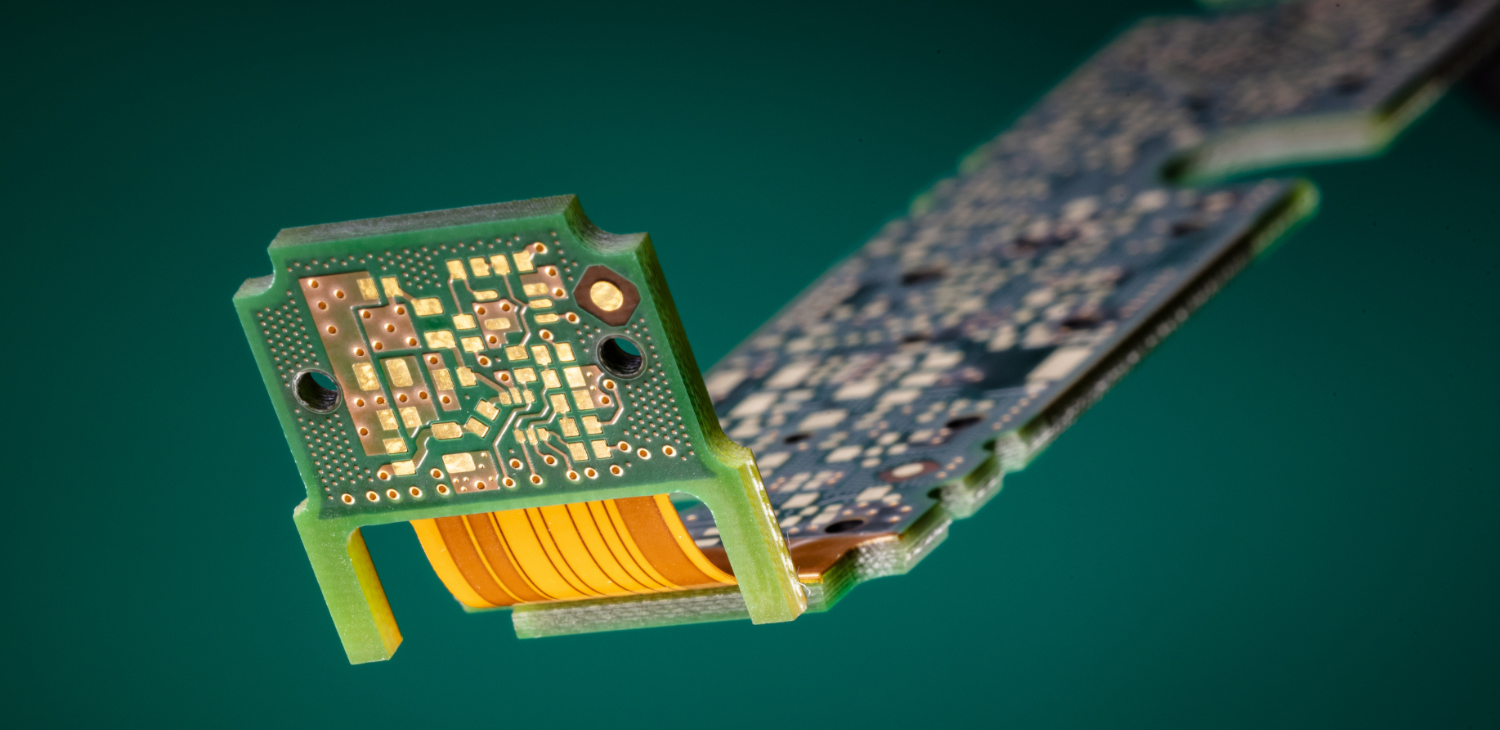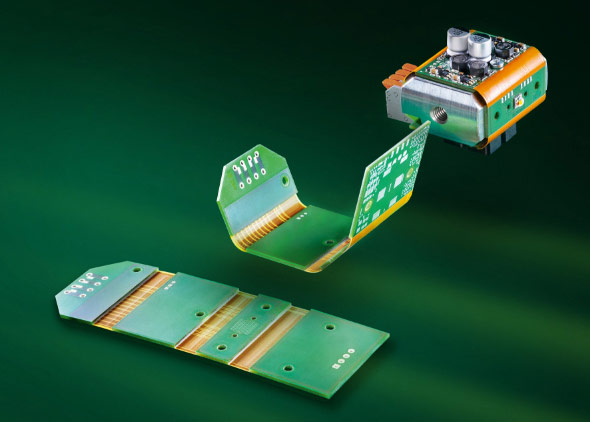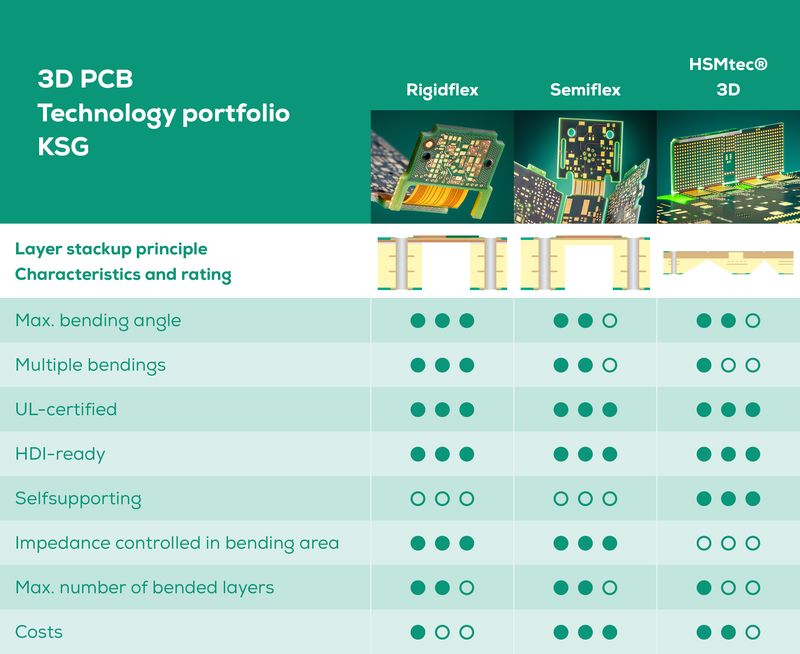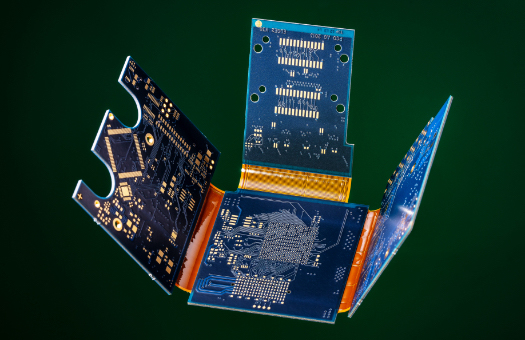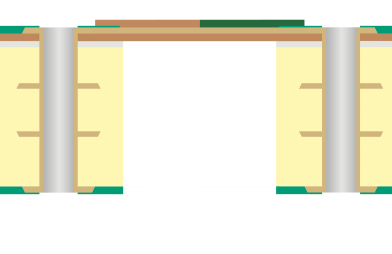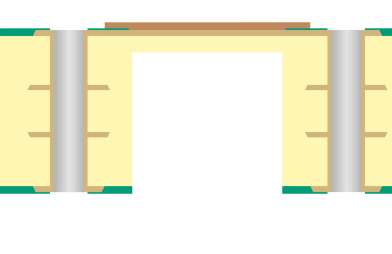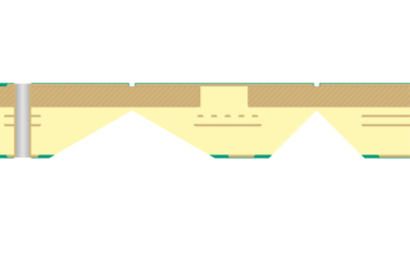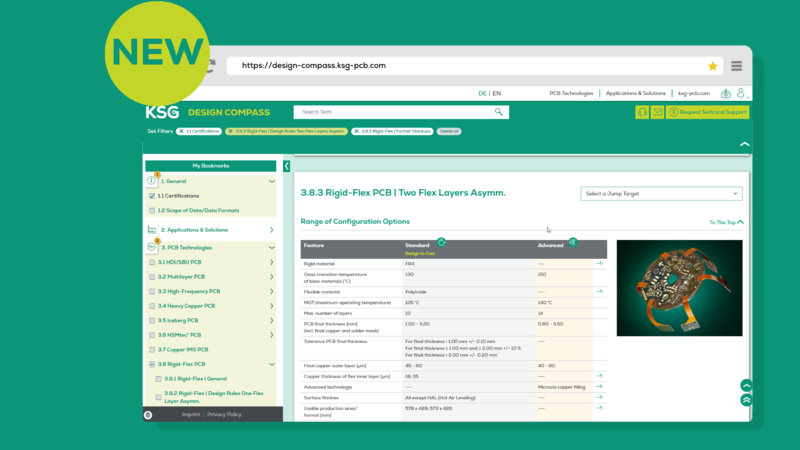Multi-dimensional solutions
Three-dimensional PCBs make optimum use of restricted installation space. For the realization of your 3D circuit board, we offer different technologies, each with specific technical characteristics, design advantages and limits.
Your benefits
- Symmetrical and asymmetrical stack-ups
- Choice of several technologies for applications
- More than one flexible layer possible
- Impedance across bending area also possible
- Self-supporting, stable 3D structures without additional assembly
- Cost savings through replacement of plug and cable connections
- Optical flexibility through the individual orientation of separate LEDs in lighting applications
We are happy to support your project at every step along the way.
Contact our expert team here.
Three-dimensional PCBs make optimum use of restricted installation space. Parts of a circuit that are interconnected across various PCBs or board segments can also replace connectors and leads. What is more, 3D PCBs can increase package density, reduce weight, increase module reliability and open up new design possibilities while reducing overall system costs.
Multi-dimensional boards can be constructed by various methods using a variety of structures and materials. We can offer you a number of different technologies so that your 3D circuit board is implemented in the best possible way. Each of the three processes uses different structures and has different technical characteristics, design advantages and limits.
High-speed cameras
| Structure | Sequential, 6 copper layers, 2 flex layers |
| Material | FR4 – Isola DE104 (TG≈135 °C), polyimide |
| PCB thickness | 1,1 mm |
Circuit board technology | Rigid-flex, symmetrical, through connection, Line/space: 100µm/150µm |
| Surface | Chemical nickel/gold |
| Special features | 3 press cycles, symmetrical structure, blue solder resist mask |
Motor controller for fan cooling
| Structure | 4-layer multilayer, 70µm copper |
| Material | FR4 TG150°C Panasonic R-1566W |
| PCB thickness | 1,7 mm |
| Circuit board technology | 12mm, 8mm and 2mm wide copper profiles on an inner layer and an outer layer for 60 and 15 amperes |
| Special features | Eight half-bridges have to be connected to the connectors by 4x15A = 60A conductors. Heat dissipation from the half-bridges has to be carried via a bending edge to a PCB tab that is glued to an aluminium heat sink in the casing. |
Sensor for production lines
| Structure | 4-layer multilayer |
| Material | FR4 TG150°C Panasonic R1566W |
| PCB thickness | 1,5 mm |
| Circuit board technology | Semi-flex, one flexible layer on the outside, cover foil over flexible area |
| Structure | 4-layer multilayer |
| Material | FR4 Standard TG 130°C |
| PCB thickness | 1,6 mm |
| Circuit board technology | Semi-flex in combination with HSMtec for heat dissipation from LED to heat sink |
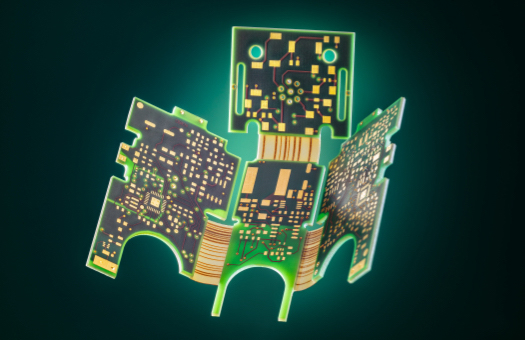
Event lighting
| Structure | 4-layer multilayer |
| Material | FR4 Standard TG 130°C |
| PCB thickness | 1,6 mm |
| Circuit board technology | Semi-flex in combination with HSMtec for heat dissipation from LED to heat sink |
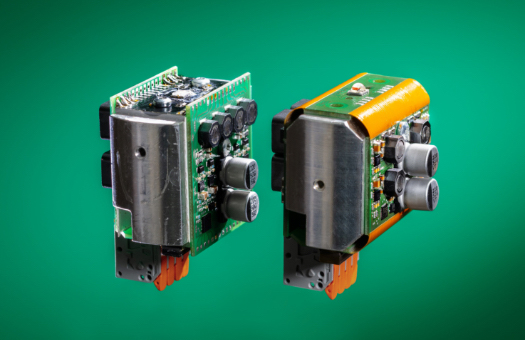
When designing and producing a 3D PCB there is a large number of parameters to consider. That is why we advise you to talk to us at a very early stage of development. Through our online advice service or on-site workshops we can discuss the technical aspects and special considerations that such PCB types involve right from the start. We are also happy to help you with technical optimisation features or cost reduction measures.
Simply make an appointment by e-mail right now:
power@ksg-pcb.com

Digital Design Compass
The smart platform for fast and reliable PCB development.
- 2 plants. 1 platform. Available 24/7.
- Design rules for all technologies
- Practical examples and design-to-cost tips
We’ve combined all the parameters for you in our Design Compass.
A safe track to be smarter together
Take advantage of the direct line to the experienced PCB experts in our Technical Support. We are happy to support you in every phase of your project.
Additional new design possibilities according to application
Reduction of process stages in subsequent module processing
Reliable connection technology
Special installation variants
